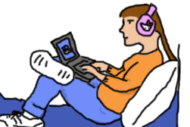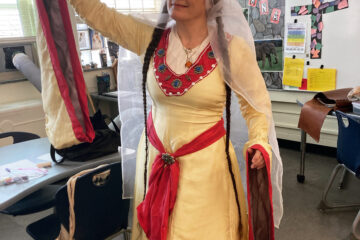So I’ve been working on this huge and possibly insane data project, where I am trying to count all the women writing as women (psuedonym ignoring) over time in speculative fiction magazines.
I started with Astounding / Analog, because I love them, and they’ve shown their excellent taste in buying six stories from me. Also the whole project was kickstarted for me by picking up issue #2 of Astounding from 1930 and seeing a woman’s name on the cover. Eventually I will produce these same stats for Amazing Stories, Galaxy, F&SF, Asimov’s, and other magazines. It’ll be interesting to compare by decade and by editor.
After recording all the names, and then using statistics to determine if a name was male or female or unknown (or initials – I counted initials as their own thing) I felt I had to try to find out the “known gender” of people. (Partially because there were people I knew were men who had names that were statistically female, and vice-versa.) I went through the ISFDB and if a legal name was listed that was statistically genderable, I marked “known gender” for that statistically suggested gender, or if I could find a wikipedia or other article on the person that used gendered pronouns, otherwise I marked them as U for Unknown. (Obviously this is gender merely as presented in onomastics or pronouns. Not indicative of any individual’s true identity.)
When this is all done I’m going to write a long paper about gender in names and how astonishingly random it is. I look forward to its abolishment. At the same time, it’s nice to be able to count a minority this way. I found myself often wondering how many people of color are hidden in the bland, pseudonym-rich field, but mere onomastics cannot help.
I collected and double-checked all the data for Astounding/Analog, from 1930 to 2010 (I decided to end on a nice round year.) I asked some friends to spot-check at random because it’s a LOT of data. 6,038 rows of data. (Thank you Dawn Vogel and Erin M. Hartshorn!)
I skipped poetry, essays, and science fact articles. (Which is a pity because many of the early female contributors to Analog were writing regular science fact articles, but that would bias the stats verses other magazines that did not have such features.)
Here at last are some results!
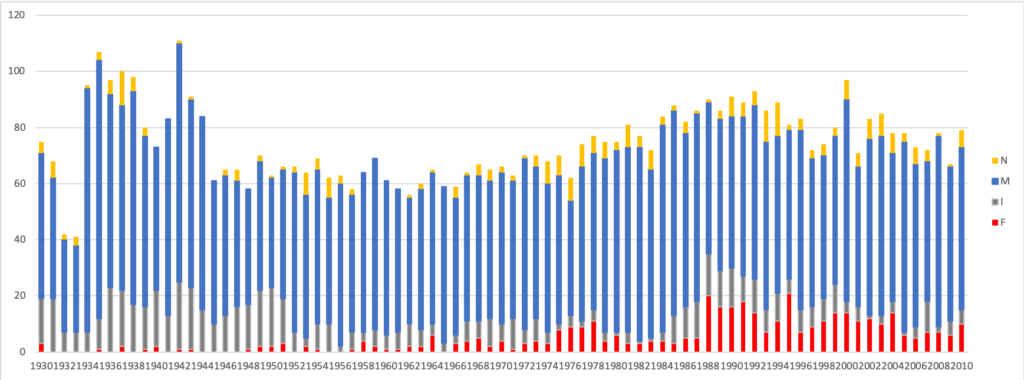
In this first chart you’ll see that over time the female (red) has gained ground on initials (grey) but the male (blue) continues to dominate. Authors using initials were a significant portion in the first quarter of the magazine’s life. The yellow represents names that were simply gender-neutral, anything that came out statistically neither male nor female. Like Pat. (The US Census data being used for gender determining resulted in some cultural bias, so non-European names often came up ungendered, too. I hope to find a database I can use that will fix this? Perhaps something machine-learning?)
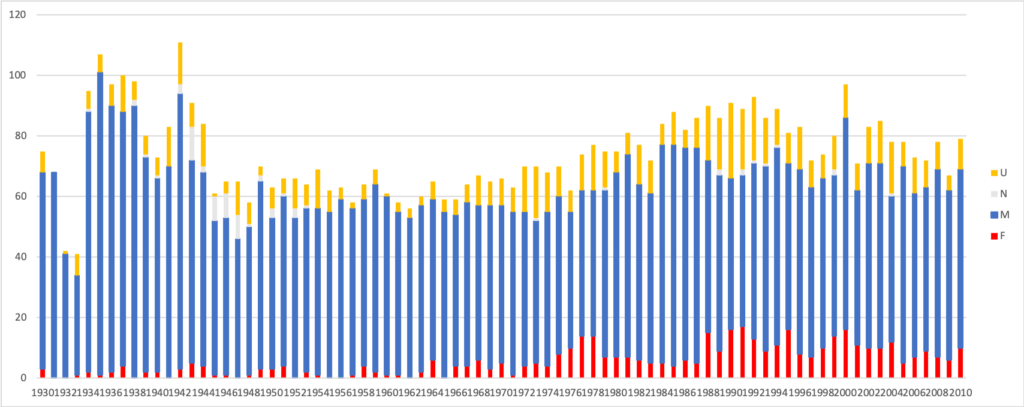
This chart is what happened when I looked up the “real” genders of people. (As determined by pronouns and legal names. Caveat caveat caveat! I apologize to all I unknowingly misgendered.) As you can see, there are more, steady female (red) contributors unmasked here before 1950, mostly taking from those initials. You can barely see it, but the white is reserved in this chart for pseudonyms that were shared between partners of both genders, or a group of whom at least one member was not verifiably the same gender as the others. You can see a brief popularity in the 40s for male and female teams using what was almost always a male pseudonym.
The “unknown” yellow increases over time as, weirdly enough, it became harder to gender-identify people in the 80s and 90s than it was in the 40s and 50s, though one good reason for that is no one is posting grave information on genealogical sites about them. Yet.
You can see the yellow finally decreasing again toward the end of the chart as we all start discovering facebook and the Individual Author Page. (I have seen all the Geocities of our past my friends and I have tales to tell about the Author Page of the 90s.)
I found those charts somewhat disheartening with the male count being so dominant, so let’s just look at the percentage of women:
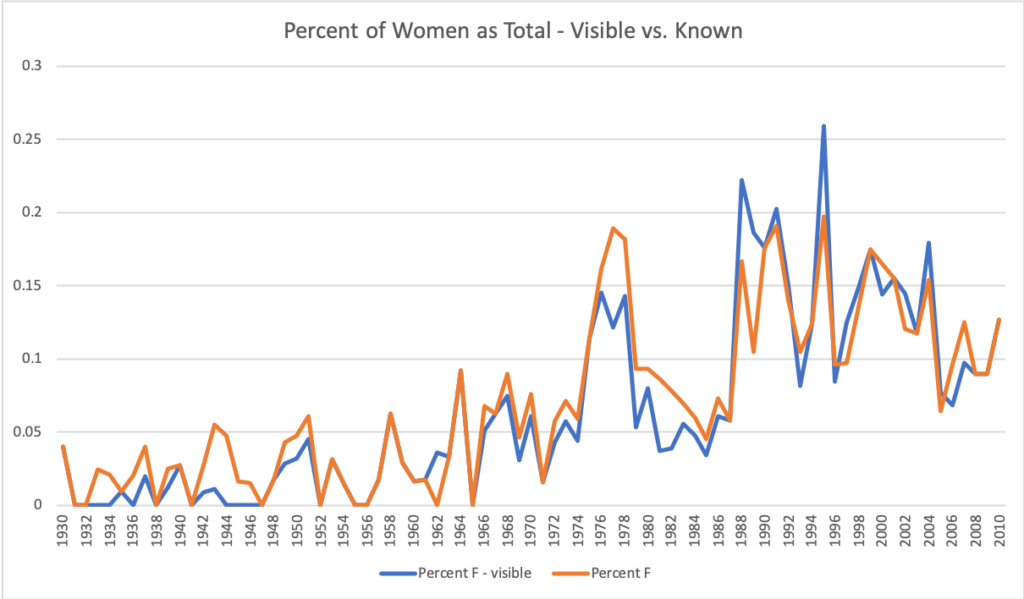
YAY! Look at the numbers going up! Here we see the women’s names as a percentage of names in the table of contents that year in the blue line. The orange line are people I was able to confirm were female regardless of how they were credited. Interestingly, after historically having fewer women visible in the TOC than were discoverable-as-female, in 1990 this switches — I call this the “lost 90s problem”: many women who published in the 90s have virtually no online presence for me to verify their gender. (To be clear, there are also a number of men in the 90s who I couldn’t confirm, but given the numbers, this lack of discoverability hit women harder.) There’s no saying they aren’t women, but I couldn’t mark them confirmed. Thankfully by 2004 we get our acts together and get some personal webpages!
Overall: the trend is heading up! More women are showing up in the tables of contents of Analog! Though it is disheartening that the highest percentage of women per year caps out in this study at 25.9% in 1995.
Overall, 6.79% of visible TOC over all time was female, and 7.35% verifiably female behind the pseudonyms.
I’m still working on my excel-fu to produce graphs of strict percentages of all results and I have another graph of the representation just on covers! So it’ll be fun to compare female cover representation over time to female authorship, visible and invisible, over time.
And if you or someone you know was a one-hit-wonder writer of the 90s in Analog, maybe contact me and confirm your gender? I have such a list!
